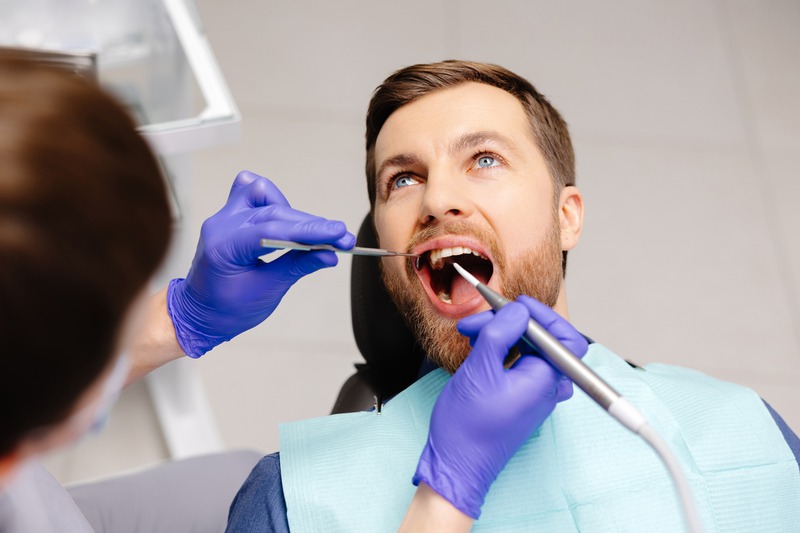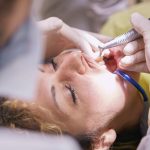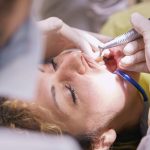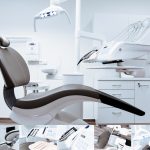
Getting a tooth pulled out can be quite an experience, and if you find yourself in that chair, knowing what comes next is crucial. Tooth extraction is not the end but rather the beginning of a healing process that your body undertakes rather remarkably. However, you need a bit of help. The way you care for your mouth after an extraction can make a big difference in your recovery. Simply put, the right aftercare can help ensure a smooth healing process and prevent complications. So, let’s talk about what kind of tender loving care your mouth needs after saying goodbye to a tooth.
1. Immediate Post-Extraction Care
If you’re reading this, you’re likely curious about the first steps you should take after that pesky tooth is out. The dentist has done their part – now it’s over to you. Here’s what you need to know:
-
Stop the Bleeding: Yep, there will be some blood. But don’t worry; it’s normal. Your dentist will place a gauze pad over the extraction site. Bite down and keep it there for about 30 to 45 minutes after leaving the office. It helps a blood clot to form, which is essential for healing.
-
Resist the Urge to Rinse: Leave the site alone for the first 24 hours. Rinsing, spitting, or sucking actions can dislodge the clot and delay healing.
-
Ice, Ice Baby: Swelling is expected. Apply an ice pack intermittently—10 minutes on, 20 minutes off—to the outside of your cheek for the first 24 hours to keep the swelling down.
-
Take a Chill Pill: Rest up for at least 24 hours after the extraction. Keep your head elevated on pillows to reduce bleeding and swelling.
2. Tackling Pain and Discomfort
A little discomfort after a simple tooth extraction is normal. Your mouth might feel sore and a bit sorry for itself. Worry not; it’s all part of the healing journey. Here are some tips to manage it:
-
Over-the-counter painkillers can be a real help. Your dentist might recommend something like ibuprofen. Just follow their advice and the dosage instructions.
-
Avoid eating hot foods and drinks until the numbness from anesthesia has worn off. Trust me; you don’t want to chomp on your cheek or tongue accidentally.
-
Stick to soft foods for the first few days. Think yogurt, pudding, and everyone’s favorite – ice cream! Gradually reintroduce more solid foods as the extraction site heals.
-
Don’t smoke or drink alcohol for at least 24 hours after your extraction. These can hinder the healing process.
3. Cleaning Your Mouth Post-Extraction
Keeping things clean is non-negotiable, but right after a tooth extraction, it’s more of a gentle clean than an all-out spring clean. On day two, you can start rinsing gently with a saltwater solution (half a teaspoon of salt in a glass of warm water) a few times a day, especially after meals, to keep things tidy.
Continue brushing and flossing your teeth, but avoid the extraction site for a few days. When you return to cleaning the area, be gentle. Do not vigorously brush or floss around the wound.
4. Long-Term Healing and Care
The initial aftercare is all about managing the immediate aftermath of your tooth extraction, but healing continues beyond there. You’ll want to keep an eye on things for a while to ensure a full recovery.
-
If stitches were used, your dentist would let you know if they’re the kind that dissolve or if you’ll need to come back to have them removed.
-
Keep an eye out for signs of infection, such as fever, severe pain, lasting bleeding, swelling for more than three days, a nasty taste in the mouth, and pus coming from the extraction site. If you notice any of these, it’s time to contact your dentist.
-
Do your best to keep food particles from getting stuck in the socket. It may sound tricky, but it’s crucial.
Considering Tooth Replacement Options
Whether you’re missing a tooth for aesthetic reasons or you’re concerned about shifting teeth, you might be wondering what’s next. When it comes to tooth replacement, here are details about dental implants. They can offer a strong and permanent solution to tooth loss, emulating the look and feel of natural teeth. Keep in mind they are not suitable for everyone, so discuss options extensively with your dentist.
When Should You See Your Dentist Again
Sometimes, despite our best efforts, healing doesn’t go as smoothly as we’d like. If you’re in a lot of pain, it doesn’t seem to be getting better, or if you suspect something’s not quite right, it’s important to get back to your dentist. A dentist in the local area can help you maintain your teeth and can provide the necessary treatment or advice for any complications that have arisen. Don’t ignore persistent issues; it’s always better to be safe than sorry.
Final Thoughts
Tooth extraction is just the start; diligent aftercare ensures a smooth recovery. Use ice packs, clean gently, avoid certain activities, and monitor healing to prevent complications. Remember to keep regular dental appointments to catch issues early and maintain a healthy smile. With the right care routine, you’ll quickly return to eating, speaking, and smiling confidently.























































